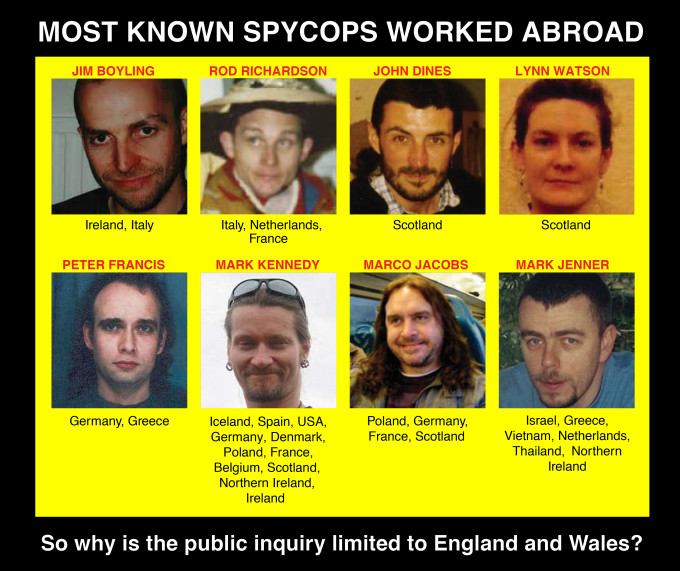2015: MPs Targeted by Spycops Demand Answers
 Despite grave reservations from civil liberties groups and those who have been targeted by Britain’s political secret police, the Covert Human Intelligence Sources (Criminal Conduct) Bill passed its third reading in the House of Commons yesterday and will now go to the Lords.
Despite grave reservations from civil liberties groups and those who have been targeted by Britain’s political secret police, the Covert Human Intelligence Sources (Criminal Conduct) Bill passed its third reading in the House of Commons yesterday and will now go to the Lords.
It will allow police and a range of other state agencies to self-authorise their agents to commit any crime at all.
This is not about foiling deadly terrorist plots, as laws and agencies already exist to do that. Instead, it will give carte blanche to the spycops to abuse citizens campaigning for social change. It specifically includes protecting ‘economic wellbeing’, which would make strikes, boycotts, blockades and pickets legitimate targets for the most serious crimes.
Human Rights Defeated in Parliament
Labour introduced a number of amendments to limit the powers of the Bill, including outlawing the infiltration of trade unions, deceiving people into sexual relationships, and the use of children in spying. All amendments were defeated. Nonetheless, Labour whipped MPs to abstain.
All Plaid Cymru, SDLP and Green MPs voted against it, as did most SNP and Liberal Democrat MPs and one Conservative, Adam Afriyie.
Additionally, a total of 34 Labour MPs defied their leadership to vote against the Bill. Seven of them had to resign positions to do so; shadow schools minister Margaret Greenwood, shadow Treasury minister Dan Carden, and Parliamentary private secretaries Navendu Mishra, Kim Johnson, Mary Foy, Rachel Hopkins, and Sarah Owen.
Many of us have been shocked by the failure of Labour to oppose this attack on democratic freedoms, personal security, and the labour movement in particular.
Labour MPs Spied On
In March 2015, whistleblower spycop Peter Francis revealed that he had personally seen ten Labour MPs spied on during his time at the Special Demonstration Squad in the 1990s.
The targeted MPs were from the full width of Labour’s political spectrum. Several of them made outraged statements to parliament at the time, demanding to see their files.
Here are a few excerpts from that afternoon (with transcripts and closed captions for accessibility).
Peter Hain
Peter Hain was an active anti-racist campaigner in the 1970s and 1980s before he became a Labour MP in 1991. He was a minister for more than a decade following Labour’s 1997 election victory. He is a core participant at the Undercover Policing Inquiry.
In March 2015, he listed his fellow Labour MPs known to not only have been spied on as earlier campaigners, but having it continue while they were MPs who were supposedly protected by the ‘Wilson Doctrine’, a convention that prohibits the security services from targeting parliamentarians.
Peter Hain:
‘Would he pass on to the Home Secretary my request that she ensures that the remit of the public inquiry she’s announced into the operations of the Special Demonstration Squad includes surveillance of MPs publicly named by Peter Francis when he was an undercover officer between 1990 and 2001?
Is she aware – and is he aware – that aside from myself he saw a Special Branch file on my Right Honourable friend the member for Blackburn [Jack Straw] who was actually Home Secretary for four of these years, and files on my Right Honourable friends the members for Camberwell and Peckham [Harriet Harman] and Lewisham Deptford [Joan Ruddock] and my Honourable friends the members for Hackney North and Stoke Newington [Diane Abbott], Islington North [Jeremy Corbyn], and Bolsover [Dennis Skinner], as well as former colleagues Tony Benn, Ken Livingstone and Bernie Grant?
Did this monitoring affect our ability as MPs to speak confidentially with constituents? What, if any, impact did that have on our ability to represent them properly? We know for example that the campaign to get justice for Stephen Lawrence, the black teenager murdered by racists, was infiltrated by the SDS [Special Demonstration Squad], and that the police blocked a proper prosecution.
Did police infiltrators in the Lawrence campaign exploit private information shared by constituents or lawyers with any of us as MPs? Will the Home Office in order the police to disclose all relevant information and to each of the MPs affected our complete individual personal registry files?
It is hardly revelatory that the Special Branch had a file on people like me dating back forty years ago to anti-apartheid or Anti-Nazi League activist days because we were seen through a cold war prism as subversive. Even though we vigorously opposed Stalinism that didn’t stop us being lumped together with Moscow sympathisers. But surely the fact that these files were still active for at least ten years whilst we were MPs raises fundamental questions about parliamentary sovereignty and privilege, principles which are vital to our democracy.
It is one thing to have a police file on an MP suspected of crime, child abuse, or even co-operating with terrorism, but quite another to maintain one deriving from campaigns promoting values of social justice, human rights and equal opportunities which are shared by millions of British people. Surely, Mr Speaker, that means travelling down the road that endangers the liberty of us all.’
Jack Straw
The spycops didn’t just target members of the government who were supposedly their superiors, but they specifically spied on Jack Straw when he was Home Secretary and therefore ultimately in charge of the police.
Straw noted the sinister implication that it may well have been motivated by a desire to prevent police being held to account over the institutional racism that enfeebled their investigation into the murder of Stephen Lawrence.
Jack Straw:
‘Does the Minister accept that if these allegations are correct then we have an extraordinary situation where I as Home Secretary – and for three years from ’97 to 2000, was the police authority for the Metropolitan Police – not only knew nothing whatever about what appears to have been going on within the Metropolitan Police but may also have been subject to unlawful surveillance myself as Home Secretary? That ought to be looked at.
But the trigger, what appears to be the trigger, which is much more serious ought to be looked at, which was my decision, taken against a lot of reluctance by the Metropolitan Police, to establish a full judicial inquiry into the murder of Stephen Lawrence. And what is completely unacceptable was that it appears that elements of the Metropolitan Police were themselves spying on the bereaved family of Stephen Lawrence.’
Joan Ruddock
Like Peter Hain, Joan Ruddock was spied on earlier campaigning work, in her case the peace movement. She was weeks away from stepping down as an MP and lamented the lack of leverage she had to force answers from the police.
Joan Ruddock:
‘Thank you, Mr Speaker. In 1981 I was elected the chair of the Campaign for Nuclear Disarmament, and two years later an MI5 agent, Cathy Massiter, blew the whistle on the surveillance the phone taps and the collection of Special Branch reports had been undertaken on me. She cited political interference in the service. She said what had happened was illegal and she resigned.
Now, in ’87 I became a member of this House. I took the loyal oath. In 1997 I became a minister. I subsequently signed the Official Secrets Act. How is it that surveillance was carried out on me all of that time? I want to know, and get the Minister to understand, who authorised that surveillance? On what grounds was the surveillance authorised?
And he needs to answer those questions because this is a political issue, it is his responsibility, the Home Office’s and Home Secretary’s responsibility.
Mr Speaker, I am leaving this house. I can do no more than make these points, put in an FoI [Freedom of Information request] to the commissioner, write to the Home Secretary. But frankly, it is something that affects all MPs, and even though I leave he needs to do something and the future government of this House needs to ensure that there is a proper investigation. This should never ever have happened to members of this House.’
David Davis
From the other side of the chamber, Conservative MP David Davis emphasised the fact that spycops is not only a historic scandal, and insisted that the Undercover Policing Inquiry must examine activity right up to the present.
David Davis:
‘Thank you, Mr Speaker. In the last year there have been a number of revelations about the police improperly hacking into journalists’ telephone calls, improperly breaching legal privilege, and using the information they obtained from breaching legal privilege of suspects, and the government has been very coy about responding to my requests about the current state of the Wilson Doctrine.
If these allegations that have come out now are true, it indicates the Wilson Doctrine was broken in spirit if not in the letter.
Can he make sure that the inquiry actually comes right up to date in terms of what it looks into, and that it is drawn broadly enough to ensure that none of these risks exist today?’
Harriet Harman
Two MPs demanded to see the release of their files; Harriet Harman, then-Duputy Leader of the Labour Party, and a relatively unknown but long-serving backbencher by the name of Jeremy Corbyn.
Harman had been an MP for more than thirty years at the time she spoke in 2015. Not for the first time, she defended the right to political dissent without interference from spycops and demanded to see her full file.
Harriet Harman:
‘I’d like to ask the Minister – it’s more important than just feeding in our views to an inquiry, the question is what he decides – and I would like him to assure me that he, the government, will let me see a full copy of my file.
In the 70s and the 1980s when I was at Brent Law Centre and then at Liberty, I was campaigning for the rights of women, for the rights of workers, and the right to demonstrate. None of that was against the law. None of that was undermining our democracy. On the contrary, it was actually essential for our democracy.
The security services do an important job, and the government of course should support them, but if they overstep the mark the government must hold them to account. So can I repeat a request I made to the previous government that was turned down and make it again to this government in the light of these new revelations.
Will he give me an assurance that this government will release to me a full copy of my file?’
Harriet Harman is still an MP. She voted for several of the amendments to the CHIS Bill but, after they failed, she abstained on the final vote.
Jeremy Corbyn
Jeremy Corbyn is the other spied-on Labour MP who is still in the Commons. He defied the leadership to vote against the CHIS Bill last night.
Back in 2015, Corbyn’s outrage at the injustice was palpable as he spoke to the House.
Jeremy Corbyn:
‘Thank you, Mr Speaker. I’m pleased that this story has finally come out and as members of parliament we’re in a position to raise questions with the Home Office and demand the truth come out. Unfortunately many, many others unknown to us who were under surveillance do not have that opportunity.
The question is one of accountability of the Metropolitan Police. Who authorised this tapping? Who knew about it? Did the Home Secretary or successive Home Secretaries know about it? If they did, why didn’t they accept the Wilson Doctrine in respect of MPs? Why did they allow this covert operation to go on within the Metropolitan Police?
And I’m very surprised that, in his answer a few moments ago, he said the files might be released to us but they may have to be redacted for security reasons. If I’m under surveillance, or the late Bernie Grant or any of my friends are under surveillance, and whatever meetings we were at they were presumably there, whatever phone calls we made they were presumably recording, I think we have a right to know about that.
We represent constituents. We’re in a position of trust with our constituents. That trust is betrayed by this invasion of our privacy by the Metropolitan Police and I ask the Minister again can we each of us have a full unredacted version of everything that was written about us, every piece of surveillance that was undertaken of us, our families and our friends?’
Still No Answers, What Next?
All their requests to see their files were, like everyone else’s, ignored by the police. Five years later and those MPs, like the rest of us, are still waiting for answers.
The public inquiry into undercover political policing finally starts on 2 November, seven years after it was promised by the Home Secretary. It has granted anonymity to most spycops officers, so even if it does reveal some truth, there is little chance of proper accountability.
A major part of the Inquiry’s remit is to make recommendations for the future. But if the CHIS Bill becomes law, it turns the Inquiry into an academic historic exercise, with the spycops of the future able to commit the most heinous abuses with impunity.

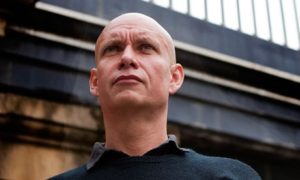


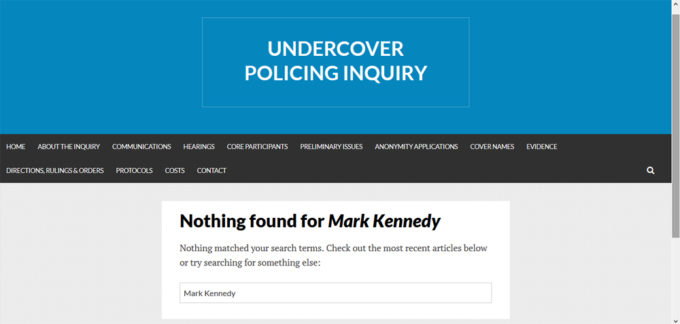


 The recent
The recent 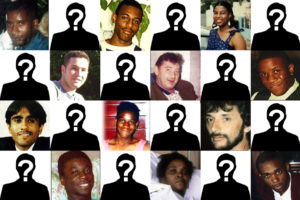 In July 2014, police admitted there was proof that undercover officers from the Special Demonstration Squad had spied on 18 grieving groups of families and friends seeking justice for their loved ones. They did not publish a list, but said that ‘the majority’ were black. This is institutional racism.
In July 2014, police admitted there was proof that undercover officers from the Special Demonstration Squad had spied on 18 grieving groups of families and friends seeking justice for their loved ones. They did not publish a list, but said that ‘the majority’ were black. This is institutional racism.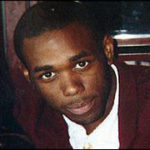
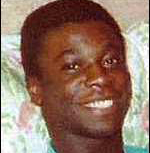
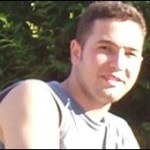


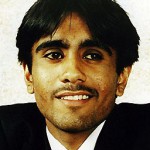
 Fifteen year old Rolan was with his brother Nathan in February 1991 when they were attacked by a large racist gang. Telling Nathan to run, Rolan was chased, cornered and fatally stabbed in the neck.
Fifteen year old Rolan was with his brother Nathan in February 1991 when they were attacked by a large racist gang. Telling Nathan to run, Rolan was chased, cornered and fatally stabbed in the neck.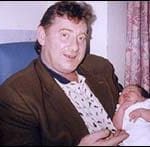
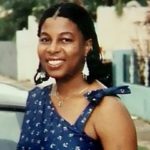 Mature student Joy Gardner had her north London house raided by immigration officials in June 1993.
Mature student Joy Gardner had her north London house raided by immigration officials in June 1993.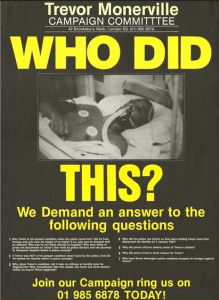 In January 1987, 19 year old Trevor Monerville was taken to the notorious Stoke Newington police station. Two days later his father John reported him missing and the police still didn’t say he was in custody.
In January 1987, 19 year old Trevor Monerville was taken to the notorious Stoke Newington police station. Two days later his father John reported him missing and the police still didn’t say he was in custody.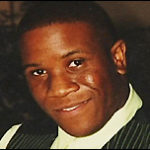 In January 1999, police were called as Roger Sylvester was outside his house and shouting. Thirty year old Roger had bipolar disorder and wasn’t himself that day. Eight police restrained him and took him away for detention under the Mental Health Act.
In January 1999, police were called as Roger Sylvester was outside his house and shouting. Thirty year old Roger had bipolar disorder and wasn’t himself that day. Eight police restrained him and took him away for detention under the Mental Health Act. Teacher Blair Peach went on an Anti-Nazi League demonstration in Southall, South London on 23 April 1979. It was a few weeks ahead of the general election and the National Front were having an election meeting at the Town Hall.
Teacher Blair Peach went on an Anti-Nazi League demonstration in Southall, South London on 23 April 1979. It was a few weeks ahead of the general election and the National Front were having an election meeting at the Town Hall.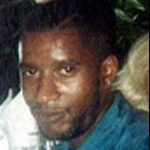 Police stopped Brian Douglas while driving in May 1995. Witnesses say that PC Mark Tuffey used a then-new extendable baton to strike a downwards blow on Brian’s head. Tuffey said it was aimed at the upper arm but slid up over the shoulder.
Police stopped Brian Douglas while driving in May 1995. Witnesses say that PC Mark Tuffey used a then-new extendable baton to strike a downwards blow on Brian’s head. Tuffey said it was aimed at the upper arm but slid up over the shoulder.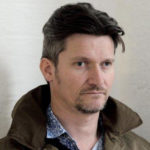
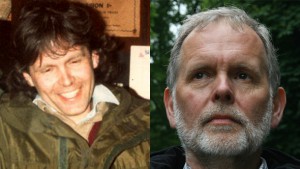


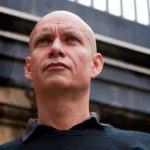


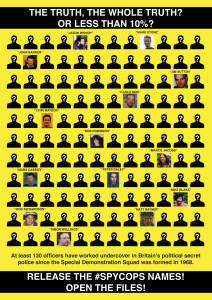
 The German government have formally asked to be included in the forthcoming
The German government have formally asked to be included in the forthcoming 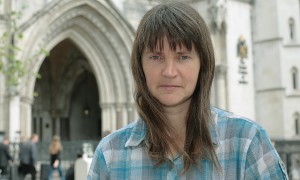
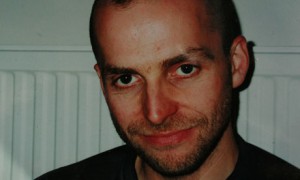
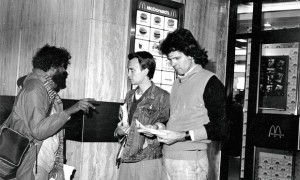
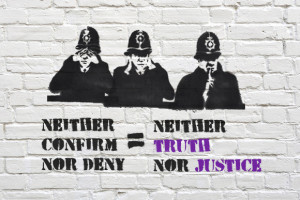 I submit that they were perfectly happy to reveal their methods and the groups that they were spying on when it suited them for PR purposes and that the reason they want to bring in “Neither Confirm Nor Deny” is that actually just to cover up serious human rights abuses.
I submit that they were perfectly happy to reveal their methods and the groups that they were spying on when it suited them for PR purposes and that the reason they want to bring in “Neither Confirm Nor Deny” is that actually just to cover up serious human rights abuses.